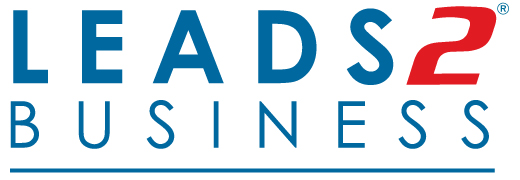
GUIDELINES FOR CONTRACTOR REGISTRATION
Who must apply?
All contractors seeking to participate in public sector infrastructure delivery must be registered on
the cidb Register of Contractors.
Contractors who are exempted from registration are:
• Home builders, unless they also wish to tender for other kinds of public sector construction work.
• Those who undertake contracts consisting substantially of the provision of labour.
• Those who undertake contracts consisting substantially of the provision of supplies.
Why register?
According to the cidb Act 38 of 2000 no public sector client may award construction contracts to
a contractor who is not registered. The Register grades and categorises contractors according to
their capability to carry out construction projects. There are 9 different grading levels according to
which contractors can be registered. A grade determines the maximum Rand value of a project as
well as the type of construction works a contractor is capable to perform.
Can a contractor be registered in different grades?
A contractor may apply to be graded in one or several grades. However a contractor can only be registered in 1 grade per class of works.
Providing sufficient evidence to support your application
The CIDB evaluates applications for grading and registration based on evidence of works and financial capability provided by the
contractor. Evidence is then used to determine which grade and class of works a company qualifies for. Once a grade has been
determined and approved by the Board a contractor is then able to tender for construction contracts within the approved grade. Should a contractor fail to provide sufficient evidence to support the grade applied for the cidb will determine an appropriate grade based on the information at its disposal.
A contractor has the right to appeal the decision of the cidb.
To determine grading the cidb evaluates a contractor’s financial and works capability.
A. Financial capability requirements:
To determine financial capability the cidb takes into consideration:
1. The best annual turnover over the two financial years immediately preceding the application and available capital.
2. Available capital. The cidb calculates available capital by adding any financial sponsorship to the sum of the net asset value of a
contractor as indicated in the most recent financial statements. Net Asset Value is the difference between the total assets and total
liabilities of a company as reflected in the company’s most recent financial statements.
3. Financial sponsorship. Financial sponsorship must be a collectable financial guarantee by one person (a sponsor) to another, (the
beneficiary).
Financial sponsorship must be:
• A determined amount to support operations of the contractor concerned in order to complete projects. Any sponsorship from another
• company other than a financial institution may not exceed 15% of the sponsor’s net asset value;
• Available to the beneficiary as and when required;
• If applicable, it must be available to a third person, such as a bank, to advance funds or such as a supplier, to advance a line of credit;
• If applicable, it must be in a form acceptable to any financial institution in South Africa as defined in the Financial Services Board Act,
• 97 of 1990; and
Please note that:
a) where the sponsor is a registered contractor or owns 50 percent or more of the applicant contractor, sponsorship may constitute
up to 100 percent of the total required available capital;
b) where the sponsor is not a registered contractor and owns 25 percent or more of the applicant contractor, sponsorship may not
exceed 75 percent of the total required available capital; and
c) where the contractor is not a registered contractor and the sponsor owns less than 25 percent of the applicant contractor,
sponsorship may not exceed 50 percent of the total required available capital.
B. Works capability requirements explained:
Works capability is determined by:
• The largest contract undertaken and completed in the relevant class of construction works within the 5 years immediately preceding
the application;
• The total number of full time registered professionals employed
• The fulfilment of relevant statutory requirements.
Types of grading methods used:
There are two methods that a contractor’s grade may be assessed on:
• Method A is based on financial capacity and works capability and is applicable to all grades.
• Method B is based on available capital and the number of registered professionals employed and is only applicable for grades 5 – 9.
(There are no turnover and track record requirements for Method B). The requirement for available capital and registered professionals
for Method B is higher than the requirement for Method A.
• The contractor must employ the minimum number of registered professionals permanently (full time) or the equivalent number of
persons on a part time basis (totalling 40 hours a week).
• The “full-time equivalent” means that, for example, two part time engineers, each working 20 hours a week, would equal one
full-time engineer.
• A registered professional is recognised by virtue of his or her training and experience as having the necessary qualifications to undertake
construction works in a specific class. All registered professionals (e.g. architects, quantity surveyors, etc.) employed by a contractor are
required to be registered with relevant built environment councils.
Source information:
http://www.cidb.org.za/documents/kc/cidb_publications/brochures/brochure_contractor_registration_guidelines.pdf
I started my incredible journey at Leads 2 Business in 2006.
I am the Content Director, custodian of an amazing research team responsible for unearthing hidden gems of information.








